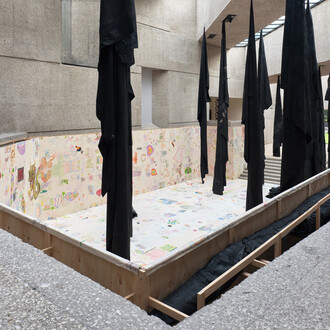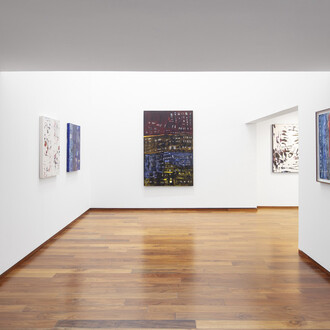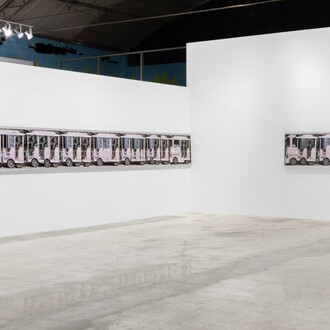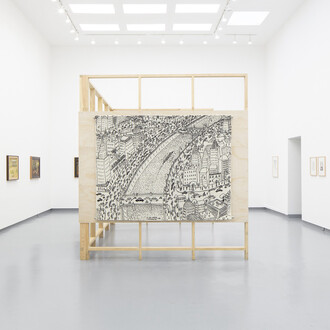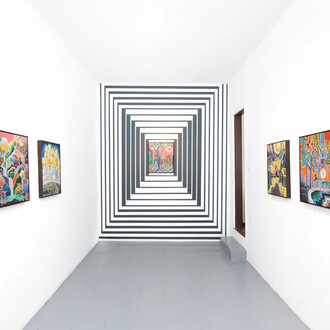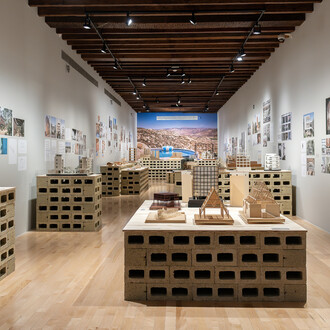Towards the end of the 80's and beginning of the 90's, a redefinition of contemporary art began to blur the frontiers between traditional mediums (painting, sculpture, drawing, etching) and to introduce new mediums, such as installation, assemblage, photography, video and cinema, amongst others. Based on this global shift, a new line for the collection began to be drawn, dedicated to acquiring works of art that fit into what we now refer to as contemporary art. In this way, the museum continues to follow one of its original objectives, as set by Rufino Tamayo himself: to show and collect works of art that are reflective of the spirit of the present and make them accessible to the Mexican audiences. In this way, the museum has consolidated an international contemporary art collection that pairs with its original vocation, presented here with artworks from artists like Danh Vo (We The People, 2014), Nairy Baghramian (The Second Choices (Sample D), 2015) and Tania Pérez Córdova (Imágenes (2), 2017). Thus, the works presented here give an idea of a collection of almost a thousand pieces of national cultural heritage that are under shelter in this museum.
Rufino Tamayo gathered the original collection mainly during the 70's and 80's, when contemporary art was defined by works that are present in these galleries: Joan Miró (Peinture, 1927, Louise Nevelson (Sky Wall, 1974) and George Seagal (The Corridor, 1976). Today, these same works are regarded as belonging to late modernism or to a transitional period between modern and contemporary art, in mid-twentieth century.





